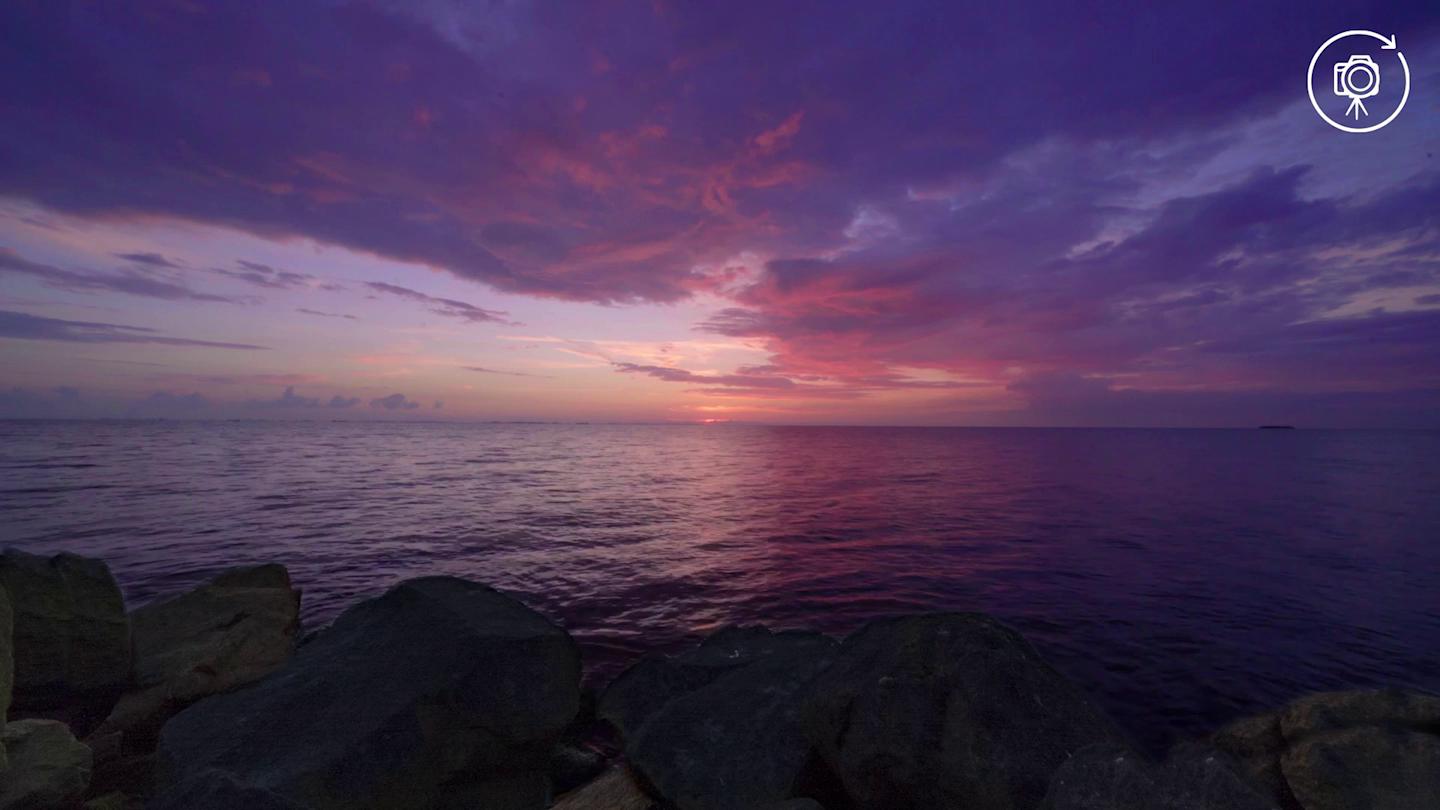Artist Guest Post: Five Tips for Shooting Nature Cinemagraphs (by Floris Kloet)
Tip 1: Be patient
There have been many occasions on which I left a location too soon. The light wasn’t right or nothing was happening. But light can change quickly. Take sunsets for example: at one point it’s boring and bland, ten minutes later it’s the most beautiful thing you’ve ever seen. Nature is cyclical, a breeze of wind comes back after some time, a bird that flies by, will fly by again. You just don’t know when or for how long you’ll be waiting. Just be patient and things will take their natural course. Just avoid seeing the most awesome sky halfway back to your car, like I have so many times!
Tip 2: Shoot in low light or difficult light
In nature you often come across difficult light that can’t be manipulated in post-production. Obviously shooting during golden or blue hour makes for the best light. But you can also embrace existing light. On a very clear sunny day you can shoot directly into the sun with the lens stopped down so you’ll get a nice flare. Or shoot with moonlight; sounds impossible right? Not necessarily. Just use a long exposure for the non-moving parts and for the moving parts a camera capable of shooting at high ISOs (without noise). Setting the shutter to 1/25 instead of 1/50 and using a fast prime lens will also go a long way. You end up with surprising results. Putting yourself in different situations light-wise can spark creativity.
Tip 3: Don’t be afraid for your gear
When you’re shooting in nature you often get exposed to the elements and so does your gear. It’s inevitable: your camera gets wet, you get sand in your camera bag, or let your camera drop unintentionally. I once accidentally dropped my camera in a forest stream! (Luckily both camera and lens made a full recovery :D) Take care of your gear, but take risks to get the shot. Most cameras are built for weather resistance and can take a beating. I am not saying that you should smack your camera in the mud next time, but don’t be afraid to put it in harm’s way. When shooting a waterfall, I want to be right in the action so I place the camera just above the water, even if it gets a little wet from drops of splashing water. Don’t treat your gear like it’s made of porcelain, see it as a tool and the means to an end.

Tip 4: You don’t have to go far
Nature is universal, some my favorite shots were filmed less than five minutes away from my house. I admit, I do live in a town with very diverse natural environments nearby. But it doesn’t matter: if you live in the city, the nature in your local park is just as beautiful. The most important thing is how you capture it (composition, light, time of year etc). When I like the light and conditions outside, I pack my bag and five minutes later I’m out the door. I often return to the same spots and they can be completely different depending on the time of day or season. A picture of a tree isn’t that spectacular, but depending on how you’re capturing it, it could be.
Tip 5: Keep your eyes peeled
Always keep your eyes open. When you plan to shoot a subject, you visualize what you hope to capture in advance and that’s good, but don’t fixate on it. It could be that just behind you there’s the most awesome thing and if you don’t look, you won’t see it. I often come home with stuff I didn’t plan on shooting, but that’s the first thing I edit. Don’t hesitate for too long either, the light can change very rapidly or when you return some other time, the scene could be completely different. If it’s better than what you had planned, change your plans. For example the other day I was shooting a sunset which was ok, I looked behind me and saw the moonrise, decided that was way cooler and started shooting that. On another occasion it was raining. I decided to go filming in the forest with plans to shoot raindrops falling on plants, but on location I saw a large puddle with drops falling in, creating a lot of bubbles and immediately went with that instead.

To see more of Floris’ nature cinemagraphs, check out his gallereplay profile and his Living Stills tumblr blog!

